The value of a pearl can vary dramatically depending on many factors, such as its type, size, color, surface quality, and more. A wild pearl will be worth more than a cultured pearl. However, on average, a pearl’s value ranges from $300 to $1500.
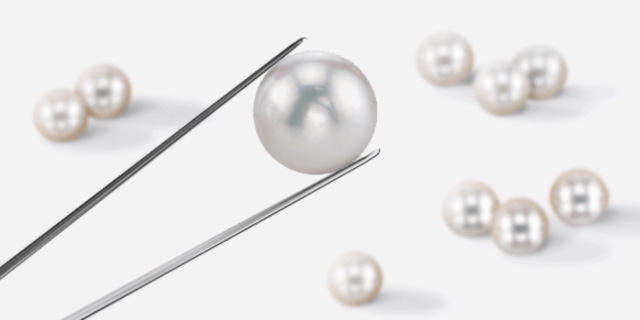
The first factor affecting how much a pearl is worth is what type of pearl it is. Pearls come in both freshwater (grown in mussels) and saltwater (grown in oysters or clams) varieties. South Sea, Tahitian, and Akoya pearls are all saltwater pearls, and are generally more expensive.
This is because saltwater mollusks only produce one pearl (or up to two in the case of Akoya) at once, while freshwater mollusks can yield up to 50 pearls in one cycle. Let’s take a look at these common types of pearls:
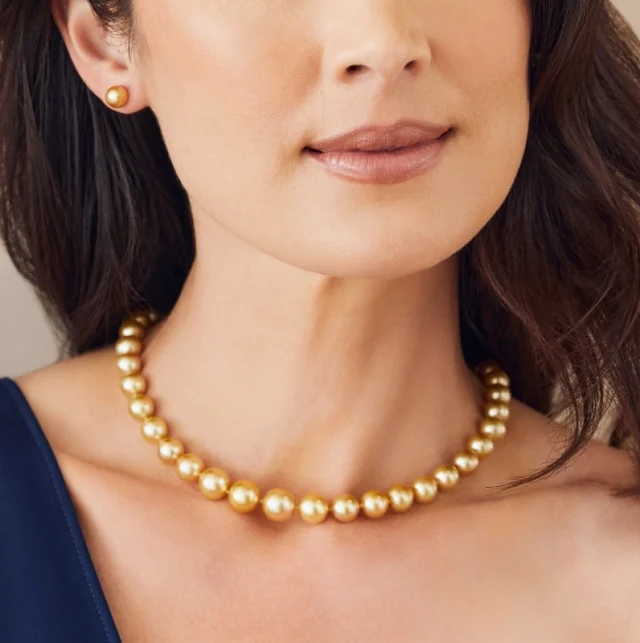
These are considered the most valuable, and are also the largest pearl variety on the market. A strand of South Sea pearls can range from $1,000 to over $100,000.
These exotic pearls have uniquely dark colors. Depending on their size and quality, a strand of Tahitian pearls can cost from $500 to more than $25,000.
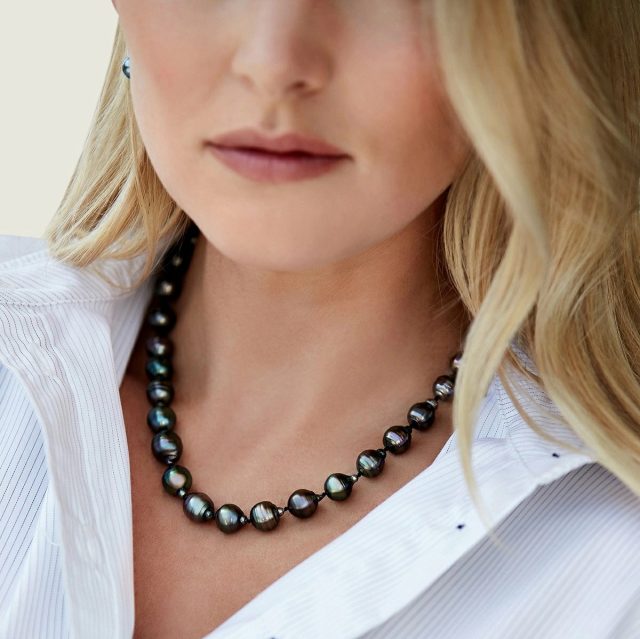
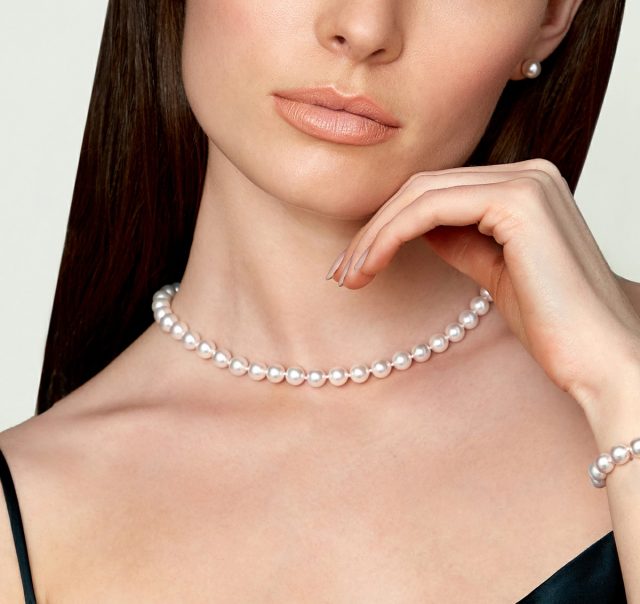
Akoya pearls are the classic round, white pearls. They were the first pearls ever to be farmed, and are a little bit smaller. A strand of Akoya pearls can cost from $300 to more than $10,000.
These pearls come in a huge range of shapes and sizes and colors. Round freshwater pearls look almost identical to Akoya pearls but are less expensive, with a strand ranging from $50 to $2,000.
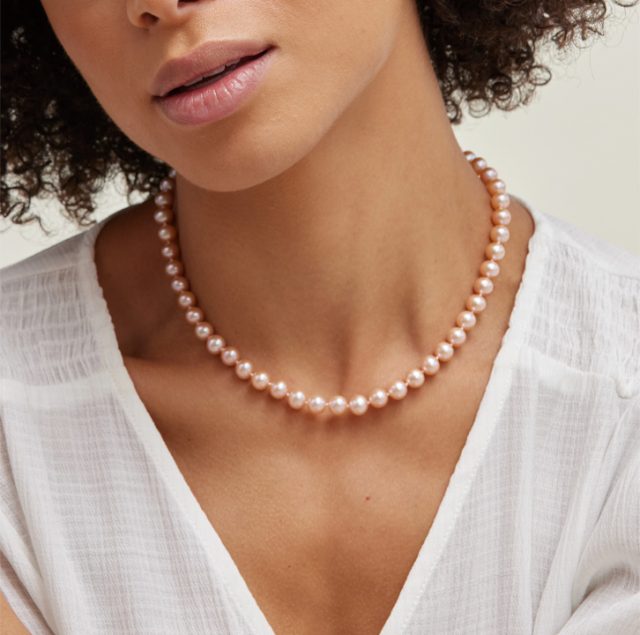
When it comes to authentic pearls, the biggest factor affecting value is whether they are natural or cultured. While both being absolutely real, their origin reveals a vast difference in price. While cultured pearls start around $50, a natural pearl pendant once owned by Marie Antoinette sold in 2018 for $36 million. And even without notable previous owners, natural pearls generally have a much higher value.
The price difference is not related to quality, per se — remember, the two are indistinguishable — but is due to their availability. Natural pearls are only found in about 1 in every 10 000 wild oysters — a population that itself is dwindling. On the other hand, pearl cultivation allows a controlled and predicatble supply of pearls to enter the market every year. These days, almost every pearl on the jewelry market is a cultured pearl.

The beauty of pearls is that every one of these aquatic gems is different. However, to create a standard pearl grading system, the GIA (Gemological Institute of America) takes seven factors into account.
Color, shape, type, surface quality, luster, and how well two pearls match are all considered when valuing a pearl or piece of jewelry. It’s worth noting that every type of pearl has its own standards, so different pearl types shouldn’t be directly compared.

Pearls come in a wide range of colors and overtones, and this natural color can impact a pearl’s value. Ranging from silvery white to peacock black, here are the most coveted colors for each pearl type:
| Pearl Type | Most Coveted Colors |
| Akoya | White, silver |
| South Sea | Silver, gold |
| Tahitian | Peacock, purple, blue, green |
| Freshwater | White, lavender |
When examining the color of a pearl, make sure to not just look at the body color. Both the overtone and the orient can impact the appearance of a pearl, and add to it’s valuable luster.
For any type of pearl, round is the most valuable shape. Because pearls are naturally-formed, a pearl is considered round when any two diameter measurements differ by less than 2%.

It’s worth noting that cultured saltwater pearls are more likely to be round, as they are seeded with a round bead. In comparison, natural saltwater pearls often start with a grain of sand or fragment of shell, while freshwater clams are started with a piece of tissue.
After round pearls, the more symmetrical pearls are considered valuable. These include drop, oval, and baroque.
Pearl sizing is another important factor to consider when examining how much a pearl is worth. In general, larger pearls are considered more valuable, but only when comparing pearls of the same type. Here are some size guides for the different types of pearls.
| Pearl Type | Pearl Sizes |
| Akoya | 2-6mm = small 6-8mm = common 8mm+ = most valuable |
| South Sea | 8-9mm = small 9-11mm = common 11mm+ = most valuable The very large sizes are very rare, and considered incredibly valuable! |
| Tahitian | 8-9mm = small 9-11mm = common 11mm+ = most valuable |
| Freshwater | 5-7mm = small 7-9mm = common 9mm+ = most valuable |
Surface quality refers to the number and nature of imperfections on the surface of a pearl. Of course, pearls are formed naturally, so some bumps, pits, wrinkles, or spots are to be expected. The most valuable pearls have the least amount of blemishes on the surface, creating an even and lustrous surface.

Luster refers to the intensity and sharpness of the light reflected from a pearl’s surface. High luster means a pearl is bright and shiny, and this is the most important quality of a pearl.
There are five categories of luster identified by the Gemological Institute of America (GIA):
How well pearls match is a way to value a piece of pearl jewelry, rather than an individual pearl. In the case of a pearl necklace, for example, matching pearls will be uniform in every other factor, creating a balanced and elegant final piece.
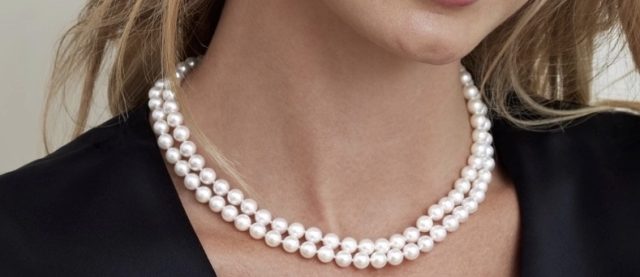
Signup now and receive an email once I publish new content.